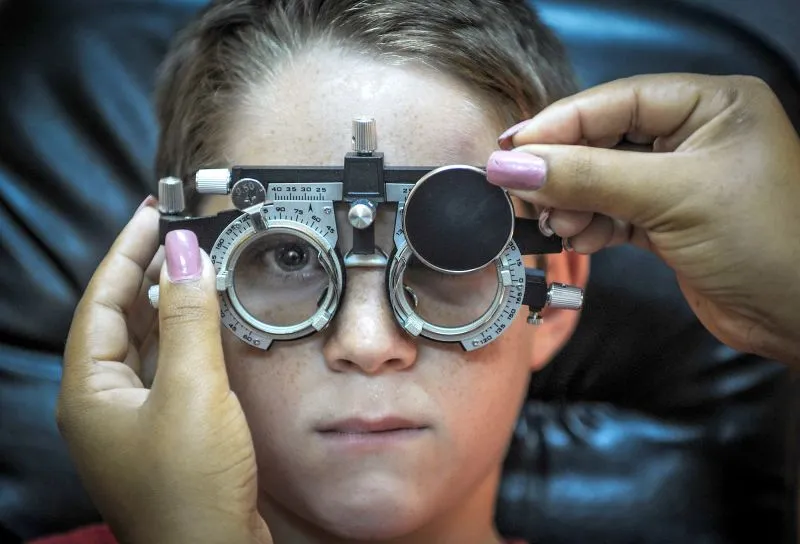Nearsightedness in Children: A Growing Public Health Concern

Nearsightedness Trends Among Children
Recent studies highlight that myopia is becoming a major public health issue as children worldwide reach alarming rates of near vision impairment. The global prevalence of nearsightedness is projected to increase significantly. In 2023, approximately 36% of children were reported to be nearsighted, a number that is expected to rise to nearly 40% in the upcoming decades.
Regional Disparities and Contributing Factors
Research conducted by Sun Yat-sen University in China revealed that the highest rates of myopia are among East Asian children, at 35%. Factors such as early commencement of formal education contribute to higher incidence rates. Notably, the pandemic has escalated the prevalence of nearsightedness.
Strategies for Parents to Protect Children's Vision
- Encourage outdoor activities to reduce screen time.
- Promote breaks following the 20-20-20 rule (look 20 feet away every 20 minutes).
- Advocate for regular eye exams and early interventions.
This guidance aims to mitigate the effects of prolonged screen time and support children’s eye development during critical periods of growth.
Disclaimer: The information provided on this site is for informational purposes only and is not intended as medical advice. We are not responsible for any actions taken based on the content of this site. Always consult a qualified healthcare provider for medical advice, diagnosis, and treatment. We source our news from reputable sources and provide links to the original articles. We do not endorse or assume responsibility for the accuracy of the information contained in external sources.
This article was prepared using information from open sources in accordance with the principles of Ethical Policy. The editorial team is not responsible for absolute accuracy, as it relies on data from the sources referenced.